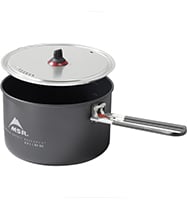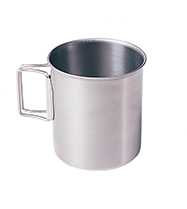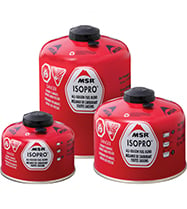Cutting Backpacking Food Weight on a Long-Distance Hike
Thru-hikers go on backpacking adventures lasting anywhere from two weeks to four months or more. To prepare, many have spent months or even years agonizing over the right gear. Do they want a canister stove or a “cat” stove? A warm and comfortable inflatable mattress or a more robust, versatile Z-Lite? Should they go with a freestanding tent or one that incorporates trekking poles into the design to save weight? Elaborate spreadsheets track their gear decisions down to the gram.
Thru-hikers also spend nearly as much time thinking about food in terms of calories, but the weight and volume (aka how much space it takes up in your pack) of backpacking food deserve at least as much consideration as the weight of gear. If you’ve ever tried to fit a week’s worth of food into a bear can, you know what we mean.
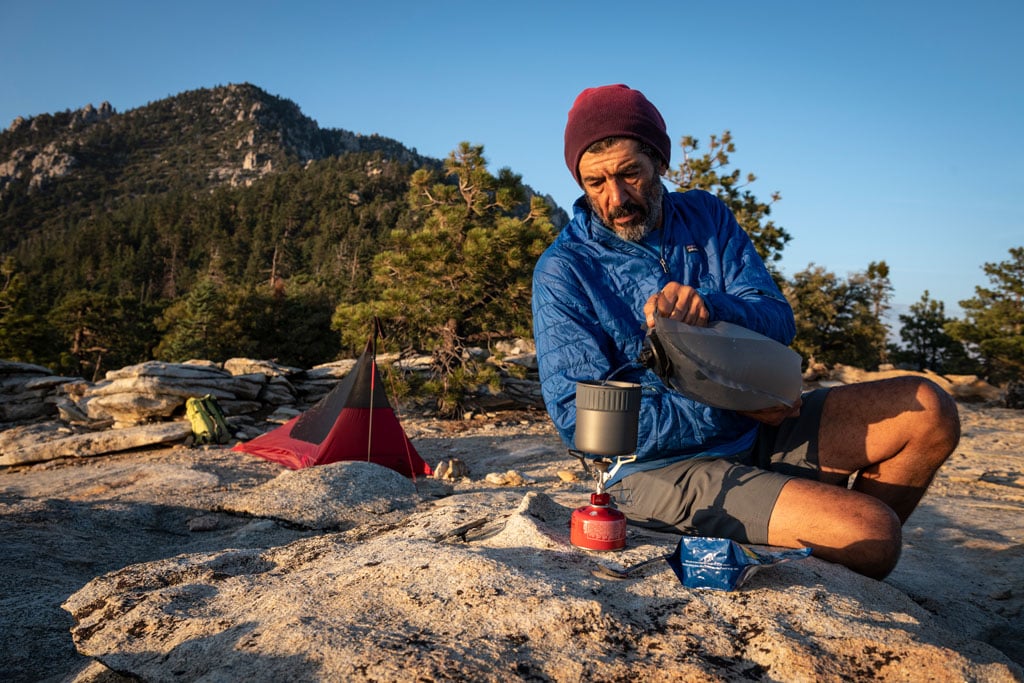
High-Calorie, Low-Weight Food for Backpacking
For a weekend trip, most backpackers have fat reserves that they can rely on to supply a backup power source. But on a thru-hike those fat reserves will virtually evaporate after a couple of weeks, meaning that you need to eat more (much more) to travel the same distance. Pair that with the long days and miles of a thru-hike and the calorie consumption of thru-hikers can truly skyrocket. If you eat 2,000 calories a day now, expect that to go up to as much as 4,000-5,000 before you’ve completed your hike.
Unfortunately, not all calories are created equal. There are, of course, nutrition concerns. But 4,000 calories a day can also have a huge impact on both your pack weight and available pack volume. How much of an impact depends on what food you’re carrying.
An average food carry on a thru-hike is five days (some can be even longer). Five days at 4,000 calories a day comes out to a whopping 20,000 calories. To mitigate the weight and space, most experienced thru-hikers will aim to carry food with a higher calorie-per-ounce ratio, ideally in the 100-125 calories/ounce range. Let’s take a look at how much of a difference this makes to the total weight of your food:
20,000 calories (4,000 calories/day for five days):
- 20.5 pounds at 60 calories/ounce (hummus, tuna, dried apples)
- 15.5 pounds at 80 calories /ounce (raisins, jerky, bagels)
- 12.5 pounds at 100 calories/ounce (instant rice, Clif Bars, candied ginger)
- 10.5 pounds at 120 calories/ounce (Pita chips, Jolly Ranchers, doughnuts)
- 9 pounds at 140 calories/ounce (chocolate, peanut butter pretzels, Cheez-Its)
It’s clear that optimizing your calorie/ounce ratio makes a big impact on pack weight. It’s also clear (and fortunate) that you don’t need to give up delicious food to keep the weight down.
If you don’t want to do the math on every calorie label you look at, one shortcut is to look for foods with a high fat to water ratio. Fat clocks in at a whopping 225 calories per ounce (a thru-hiker’s dream: 20,000 calories of pure fat would weigh just over five pounds) and water is, well, water, which weighs in at 2.2 pounds per liter. Most thru-hikers don’t want to carry any more than they need to get to their reliable water source, much less packed in food that won’t be eaten for days.
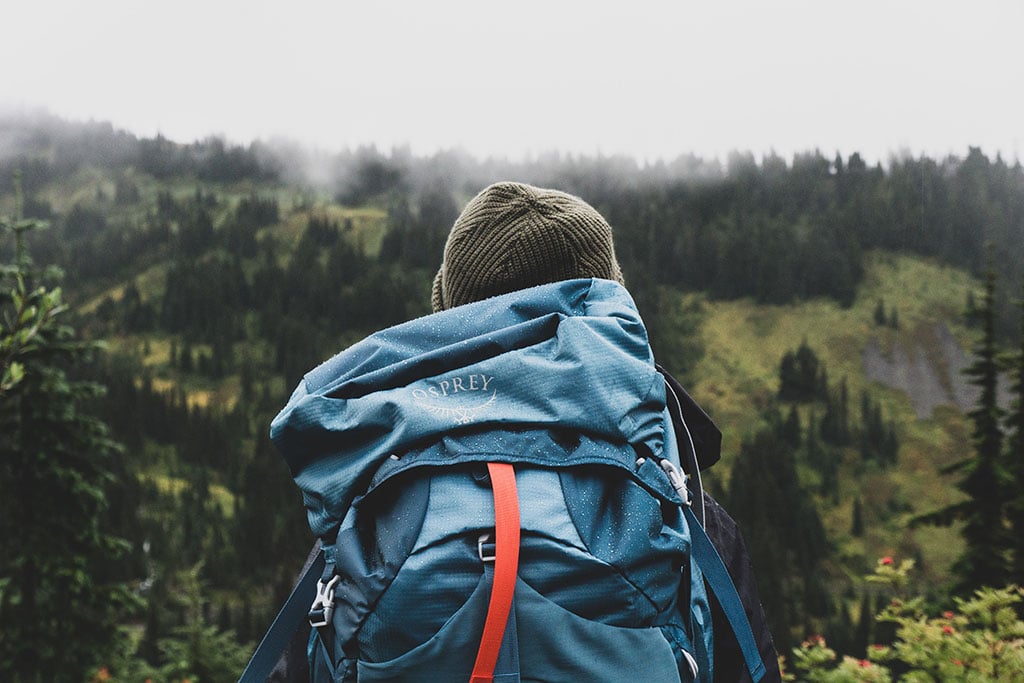
Carry an Extra Source of Fat
Another strategy is to carry an extra source of fat to boost the calorie content of your meals. Fat is a super-efficient fuel for a highly active body, both in weight and how it burns. While carrying olive oil in a small squeeze bottle is most common, you don’t need to limit yourself. Try different oils to pair with your meals, including roasted peanut oil, avocado oil, or even truffle oil if you want to be fancy and can swing the expense. Look for dehydrated or freeze-dried dairy products (butter powder, cheeses, etc.) from retailers like Honeyville and Hoosier Hill. You can even carry individual-sized packets of mayo (since those will stay shelf-stable longer than an opened Hellman’s bottle). This can produce some additional waste that you’ll need to pack out, but for many, the added variety is well worth it.
For those new to long-distance hiking, making an extra effort to douse your food with powdered butter or olive oil can sound a little counterintuitive. We’ve been trained to think of high-fat foods as ones to avoid. But on a thru-hike, food truly is fuel and your body will soon adjust to, and indeed demand, the high-calorie, high-fat diet you’re feeding it. Hiker hunger is real, so enjoy the denser food and the lighter pack weight that comes with it.
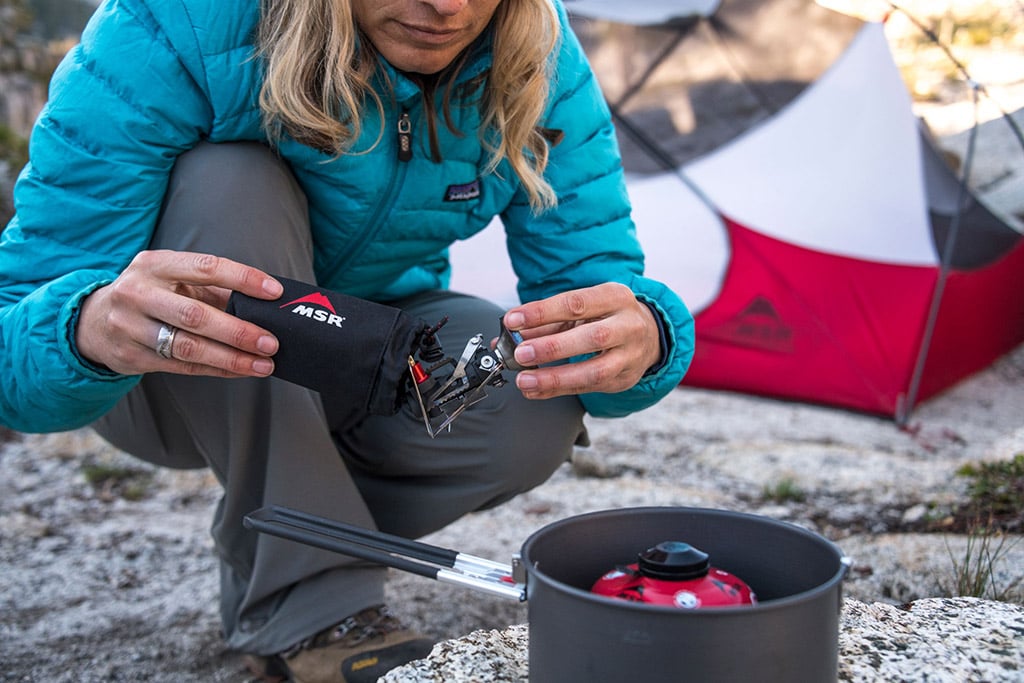
Cutting Backpacking Cookware & Stove Weight
One last strategy for cutting your backpacking food weight on a thru-hike: ditch your stove and fuel entirely.
For the right person, in the right conditions, this can be an excellent strategy. For the wrong person or in difficult conditions, it can be inefficient, uncomfortable and possibly dangerous. Consider your needs: Do you need canister stove to get started in the morning? Are the foods you plan to carry without a stove heavier than what you have now? Do heat and humidity make cooked food sound unappealing, or would a hot soup or drink make the day’s cold, damp weather bearable? Going stoveless also requires planning ahead, as cold-soaking takes longer to rehydrate foods than heating does. This means you have to carry or have access to water a few hours before mealtime to add to your food, and carry that weight as it rehydrates.
Make sure to experiment with cold-soaking some of your favorite foods on shorter hikes before committing to a stoveless strategy. And if you do choose to ditch your stove a couple of months into your thru-hike (as some do), consider adding it to your bounce box (a box of items you send to yourself at upcoming trail towns) instead, for easy accessibility during the sections of the trail that might experience more inclement conditions.
Fortunately, there are plenty of backpacking foods that are just as good cold-soaked as they are hot. One of our favorite high-calorie/high-density recipes for cutting weight is 7-layer bean dip. It cuts water while adding fat and packs a huge flavor punch. Plus, you get to eat it with tortilla chips (170 calories/ounce). It’s hard to go wrong with that.
7-Layer Bean Dip Recipe
Feeds two thru-hikers, if they’re willing to share.
Ingredients:
- 1 package of Santa Fe instant refried beans
- ½ cup dehydrated bell peppers
- ½ cup dried tomatoes
- ¼ cup powdered sour cream
- ¼ cup powdered cheddar cheese
- 3 tbsp. dried onions
- 2 tbsp. taco seasoning
- 2-4 tbsp. olive oil
- 1 bag of tortilla or pita chips (preferably Juanita’s, or another high-calorie brand)
At-Home Preparation:
Combine all ingredients except for the olive oil in a reusable silicone or plastic freezer bag. Be sure that the powdered ingredients are thoroughly broken up and incorporated.
Directions for Making On the Trail:
Stove method: Bring a half-liter of water to a boil. Either add the ingredients to the pot or, for easier clean-up, allow the water to cool slightly and add directly to the freezer bag. Stir to incorporate and seal for 10 minutes.
Cold-soaked: Two hours before you plan to eat, add a half-liter of water directly to the freezer bag, or combine the dried ingredients with the water into a container with a screw-top lid (empty peanut butter jars, Talenti gelato pints and restaurant take-out containers are especially popular with thru-hikers). Stir to incorporate. Continue hiking until your bean dip has fully rehydrated.
Pull out the chips and enjoy!
Related Posts:
- Backpacking Food Ideas: Ingredients to Get at the Store
- How to Pack a Backpack | Backpacking & Camping
- Backpacking Cookware: Making It All Fit in Your Pack
About the Author
Laura Lancaster started backpacking at the age of 12 and hasn’t let up since. Currently a freelance writer and editor living in Seattle, she thru-hiked the Pacific Crest Trail in 2014 and the Wonderland Trail in 2015. Laura has been published in Backpacker, Survivor’s Edge magazine, and American Survival Guide. You can see more of her work at lauralancaster.net.
Updated. Originally Published March 31, 2017.


